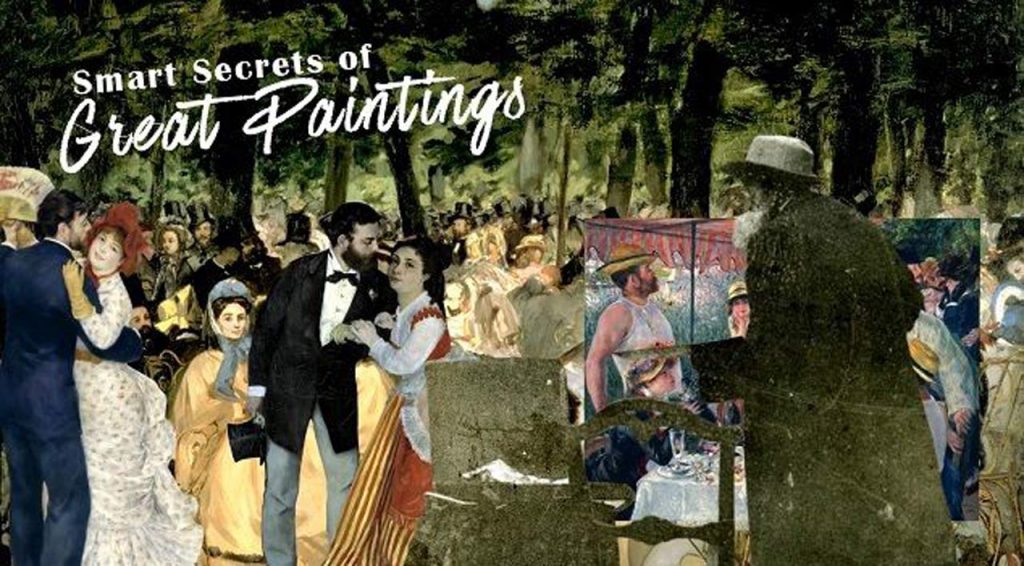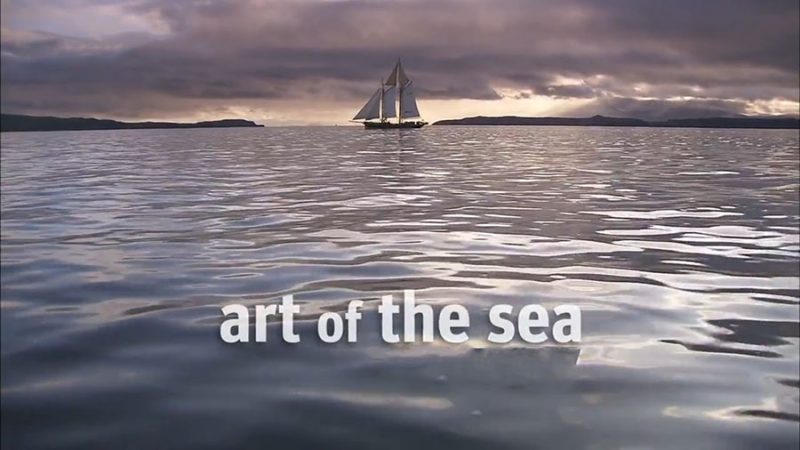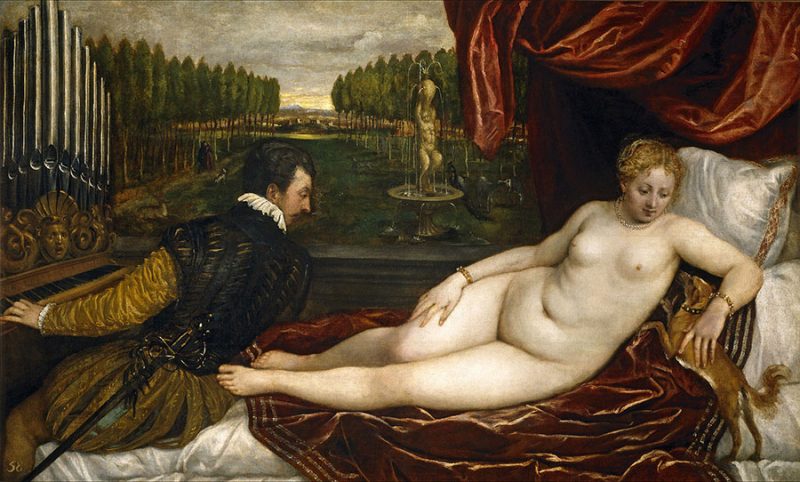Smart Secrets of Great Paintings episode 9 – Eugene Delacroix: As the war of colonization raged in Algeria, Eugene Delacroix was the first French artist to cross the Mediterranean. The naturalism of “Women of Algiers in Their Apartment,” painted in 1834, takes us into the calm and simplicity of a harem as Delacroix saw it with his own eyes. This documentary looks at his attempts to counter Orientalist fantasies of Middle Eastern women held by European society and discusses his admiration of Lord Byron. It also details his journey through Morocco and Algeria as part of a French diplomatic mission, during which he witnessed the realities of North African culture that inspired him to document and recreate the scene of three sisters in their private quarters.
The painting “Women of Algiers in Their Apartment” is important for a few reasons. Firstly, it is considered a masterwork of the French artist Eugene Delacroix, who was known for his vibrant and emotive paintings. As such, the painting has aesthetic value and is an important example of Delacroix’s work. Secondly, the painting provides a unique glimpse into the lives of Algerian women, who were often hidden from view in their society. The painting shows the women in a relaxed and candid moment, depicting their everyday lives. This gives the viewer a more authentic view of the women, rather than the typical orientalist depiction of Algerian women as exotic and mysterious.
Thirdly, the painting also has historical significance, as it was created during a time when France was colonizing Algeria. The painting provides a view into the lives of the colonized people, rather than the colonizers. This adds an important perspective to the history of the period. Overall, “Women of Algiers in Their Apartment” is an important painting for its aesthetic, cultural, and historical significance.
This series explores history of art in a totally new way. The painting comes to life, as animation overrides the limits of the frame, taking us to the heart of the canvass and plunging us into its era and history. This series of 10 half-hour programs shows how a painted image echos the spirit of its time and relates to a particular historic event. It reveals the poetic, sociological and political potential of the picture by penetrating inside the painting and examine the underlining details, thanks to work of computer graphics which livens up characters, objects and sets.
Each film tells a fascinating story of a creator and the painting process. The great works of the past portray abundant testimonies, and are imbued with secrets and are teeming with mysteries. Beneath the surface of the painting, details awaken, to recount the spirit of the times and the vagaries of History, such as wars, revolutions, economic transformation, scientific discovery, beliefs and schools of thought.
Smart Secrets of Great Paintings episode 9 – Eugene Delacroix
Ferdinand Victor Eugène Delacroix was a French Romantic artist regarded from the outset of his career as the leader of the French Romantic school. In contrast to the Neoclassical perfectionism of his chief rival Ingres, Delacroix took for his inspiration the art of Rubens and painters of the Venetian Renaissance, with an attendant emphasis on colour and movement rather than clarity of outline and carefully modelled form. Dramatic and romantic content characterized the central themes of his maturity, and led him not to the classical models of Greek and Roman art, but to travel in North Africa, in search of the exotic.
Friend and spiritual heir to Théodore Géricault, Delacroix was also inspired by Lord Byron, with whom he shared a strong identification with the “forces of the sublime”, of nature in often violent action. However, Delacroix was given to neither sentimentality nor bombast, and his Romanticism was that of an individualist. In the words of Baudelaire, “Delacroix was passionately in love with passion, but coldly determined to express passion as clearly as possible.” Together with Ingres, Delacroix is considered one of the last old Masters of painting, and one of the few who was ever photographed.
As a painter and muralist, Delacroix’s use of expressive brushstrokes and his study of the optical effects of colour profoundly shaped the work of the Impressionists, while his passion for the exotic inspired the artists of the Symbolist movement. A fine lithographer, Delacroix illustrated various works of William Shakespeare, the Scottish author Walter Scott and the German author Johann Wolfgang von Goethe.
He is considered one of the greatest painters of the Romantic movement, known for his vibrant and emotive style. Delacroix’s work is characterized by his use of bold colors and dramatic brushstrokes, which give his paintings a sense of energy and movement. One of Delacroix’s most famous paintings is “Liberty Leading the People,” which depicts a scene from the French Revolution. The painting shows a woman personifying the concept of Liberty leading the people forward during a battle. The painting is considered an important symbol of the revolutionary spirit and the fight for freedom.
Another well-known painting by Delacroix is “The Death of Sardanapalus,” which depicts the mythical king of Assyria committing suicide. The painting is an example of Delacroix’s interest in exotic and historical subjects, and his ability to convey intense emotions through his brushwork. Overall, Delacroix’s work is known for its emotive and dynamic style, and its exploration of historical and exotic themes.




